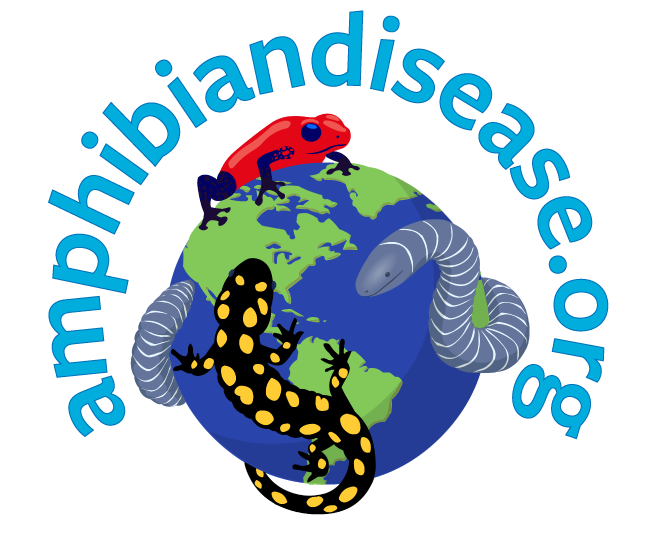Projects
Pathogen invasion and non-epizootic dynamics in Pacific newts in California over the last century
Recommended Citation:
Vredenburg, V. 2018 "Pathogen invasion and non-epizootic dynamics in Pacific newts in California over the last century" AmphibiaWeb: Amphibian Disease Portal.
Data Last Modified: Sat Jan 22 2022
Project Description
Abstract excerpt: California, where Bd-related epizootics and amphibian declines have been reported, has some of the highest diversity of salamanders. After more than a decade since the first known epizootic in California, little is known about Bd disease dynamics in salamanders. Pacific newts (Genus: Taricha) are ideal study species because of their abundance, wide geographic range, occurrence in both aquatic and terrestrial habitats, and how little is known about Bd infection dynamics for this group. We conducted a retrospective study to determine the relationship between Pacific newts and the fungal pathogen. We tested 1895 specimens collected between 1889–2009 and found no evidence of Bd-infected Pacific newts until the late 1940’s. Although we estimate that Bd emerged in this genus and rapidly spread geographically throughout California, we did not find evidence for epizootic dynamics. Bd infection prevalence and intensity, two measures commonly used to estimate dynamics, remained consistently low over time; suggesting Pacific newts may not be highly susceptible. Also, we found the timing of first Bd emergence in Pacific newts predate Bd emergence in other California salamander species. In addition, we found several environmental and anthropogenic factors correlated with Bd prevalence which may help explain Bd disease dynamics in the genus Taricha. Pacific newts may be a reservoir species that signal pathogen invasion into California salamanders, though further studies are needed.
Information
Project PI: Vance Vredenburg
Project Contact: Vance Vredenburg
Dataset DOI: https://n2t.net/ark:/21547/Avh2
Publication DOI: https://doi.org/10.1371/journal.pone.0197710
Project Data - Public
Events: 714 || Samples Collected: 1894
Click on each bar for more details. For larger datasets, chart scrolling is enabled.
